Indonesian: Second Language
phonemescanningbilingualismsemantic knowledgesocialisingdialectliteracy resourcesimaginative textscuesfacecollocationdigital textscreatingadjectiveclausestressmnemonicproductive language usesyntaxintercultural capabilityenunciationmediatetext structurediphthongsverbtext types (genres)language variation and changebackground languagecompound sentencestereotypeprepositioncommunicative competenceword borrowingsecond languagetonehomophonesuffixspeakinputunderstandingtextual features/textual conventionslanguage systems/systems of languageromanisationcomprehension strategiesdirectionalitycreateorthographypragmaticstaskcomplexityencodeadverbialcharacter componentsdiasporainterpretform-focused learning activitiesmediumcohesioncommunicatingrole of language and culturelanguage featurestalkmodeinfinitivecontextnarrative devicespronunciationlanguage specificitypurposeful learningreadlanguageconventionauthentic (texts/materials)intensifiersnouncommunicationpredictionformulaic languagecomprehension/comprehendingreciprocatingfluencypersuasive textsconcrete languageregisterskimminglanguage patternstextcognatesdigraphinformative textsculturescaffoldingparalanguageauxiliary verbaccuracyfillerintercultural language teaching and learningaccentdecodeidiomatic expressionscomposingmetalanguagegrapho-phonic knowledgenarrativeaccent marksquestionlanguage functionslexical cohesionadverbperformanceauthorhonorificreceptive languagebiographycode-switchingsynchronousinformingroot of a wordtranslationpedagogyidentityalliterationde-centrefirst languagedigital medialearning trajectorymultimodal textpronounaudiencegenreprefixframingcharactersmacro skillsmedia textsmorphemephonicstranslatingintonationcontentconjunctiontext processing strategiesreflectingscriptcomplex sentenceoracyphonological awarenesslanguage comprehensionmorphologymodal verb
The Indonesian: Second Language subject enables all students to communicate proficiently by providing students with essential communication skills in Indonesian, an intercultural capability, and an understanding of the role of language and culture in communication.
The design of the Western Australian Curriculum: Languages takes into account different entry points into language learning across Pre-primary to Year 10 to reflect current practice in Languages. For Indonesian: Second Language, there are two learning sequences to accommodate these practices: a Pre-primary – Year 10 sequence and a Year 7 – Year 10 sequence.
Indonesian: Second Language learning area contacts:
- Pre-primary to Year 6 : +61 8 9273 6355 | Nadia.Civa@scsa.wa.edu.au
- Year 7 to Year 10 : +61 8 9273 6382 | Lisa.Djanegara@scsa.wa.edu.au
